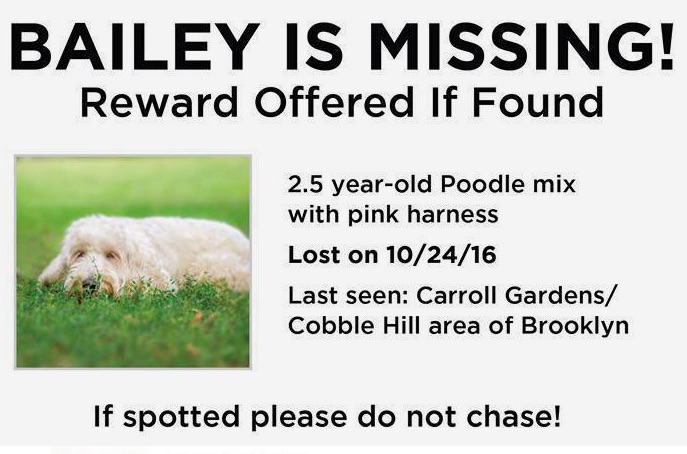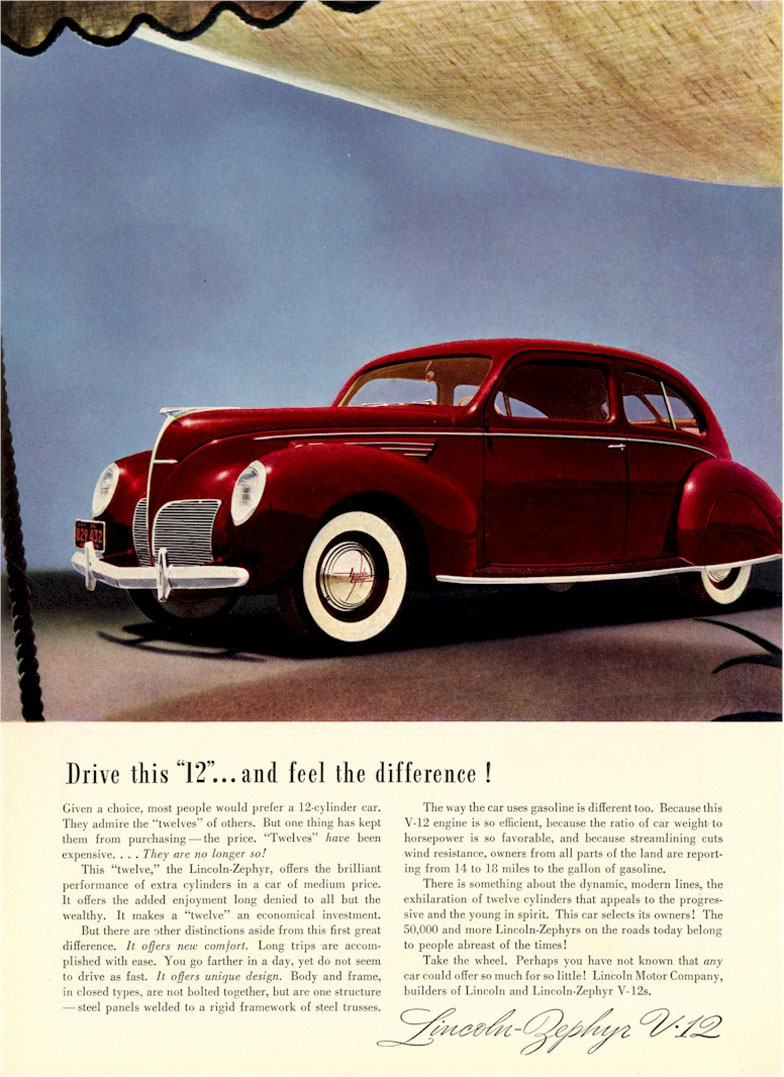An ongoing dialogue on HIV/AIDS, infectious diseases,
November 20th, 2016
Seven ID/HIV Things to Be Grateful For This Holiday Season, 2016 Edition
 I know, I know — you read that title and thought, “Grateful now? He must be out of his mind.”
I know, I know — you read that title and thought, “Grateful now? He must be out of his mind.”
But with the (unsurprising) concession that I too felt that watching the election returns was akin to witnessing a slowly developing and incomprehensible train wreck, I remind you that the expression of gratitude is well known to make you happier. Plus, it’s the season.
So here’s a brief list of things in our fascinating field to be grateful for as you get the turkey ready. As a bonus, I’ve put a few non-ID ones at the end, because, well, why not?
- New diagnoses of HIV in the USA are down — really! After decades of HIV incidence being stubbornly stuck at the same level since the early 1990s, new diagnoses have declined 19% since 2005. Yes, 40,000 new diagnoses/year is clearly too many, and new infections are still too common in black men who have sex with men — but they are down in all other groups. Chalk this significant decline up to several important factors: 1) more testing; 2) more people on treatment; 3) more people on treatment that actually works; 4) more of those at-risk but negative on pre-exposure prophylaxis (PrEP). Ever the optimist, I predict further declines in HIV diagnoses in the years to come.
- Hospitals are mandated to have antibiotic stewardship programs coordinated with infection prevention efforts. Or, to put it more accurately, they must have these programs if they want to get paid by Medicare and Medicaid, which is quite the incentive. If that’s not enough, The Joint Commission, which accredits and certifies US hospitals, agrees. ID doctors have been warning about the risks of antibiotic resistance for years; these rulings really put some momentum behind antibiotic stewardship and infection control efforts, a tremendous opportunity to improve patient care — and for ID in particular to take a leadership role in making this happen.
- Access to hepatitis C therapy has vastly improved, and the remaining treatment challenges have been solved. I acknowledge that access isn’t the same in all states, but here most payers — including even Massachusetts Medicaid — have abandoned “fibrosis requirements” for HCV therapy, which were never defensible medically anyway. In fact, we can get approval for treatment for almost everyone, regardless of payer, because the costs of treatment are way down from the “sticker price” — enough so that HCV treatment is now considered “High Health System Value” by the Institute for Clinical and Economic Review, a group initially quite critical of HCV treatment pricing. And with the approval of velpatasvir/sofosbuvir and elbasvir/grazoprevir, two of the remaining challenges in HCV therapy — genotype 3 and patients with renal disease, respectively — are now checked off. Two ongoing issues are diagnosing patients before they have significant liver disease (a large proportion of those with HCV don’t know they have it), and the rare cases of treatment failure with resistance. Good news here, too — early diagnosis should improve with better therapy (see HIV example above), and the patients with treatment failure will have new options soon. You are hereby forgiven if you don’t know (yet) what voxilaprevir and glecaprevir/pibrentasvir are, though you will need to know soon.
- MRSA rates continue to decline. If you asked me in the mid-2000s to forecast the status of Staph aureus susceptibilities, I would have predicted that the MRSA USA300 strain was going to take over the world, laying waste to susceptible strains and causing painful abscesses, kind of like Godzilla stomping through downtown Tokyo. (What a terrible analogy. Sorry.) It was so bad I wrote this desperate post about MRSA almost 10 years ago. Fortunately, I was WRONG (not the fir
 st or the last time). While still common, MRSA has declined both in the hospital and the community settings. Not only that, but penicillin-sensitive strains seem to be making a comeback, somehow re-emerging from the pre-penicillin 1930s decade like a Lincoln Zephyr Coupe. Is that analogy better?
st or the last time). While still common, MRSA has declined both in the hospital and the community settings. Not only that, but penicillin-sensitive strains seem to be making a comeback, somehow re-emerging from the pre-penicillin 1930s decade like a Lincoln Zephyr Coupe. Is that analogy better? - The University of Liverpool HIV and hepatitis drug interactions resources are better than ever, and invaluable. When most people think of Liverpool, their first association is probably The Beatles, and second football (you know, what the rest of the planet calls soccer). ID doctors, however, might think of something else — the University of Liverpool gives us the very best resources for HIV and hepatitis drug interactions, and if you aren’t using them yet, start now — they will make your prescribing life so much easier. Note that the excellent web site and mobile apps have recently been redesigned, making them better than ever.
- Applications to ID fellowships are up. The final numbers aren’t in, but it does appear that a discouraging downward trend has, at least for this year, been reversed. Too soon to say if this will continue, but I can also say anecdotally that the applicants we had this year were excellent — smart, engaging, curious, interested in a wide variety of ID topics, and just the sort of people we want for the field.
- John Bartlett’s annual “What’s Hot in ID” lectures at IDSA/IDWeek. John’s can’t-miss lectures follow a logical game plan: he chooses the top 5-8 issues in Infectious Diseases over the past year, highlights the key studies, synthesizes the take-home messages, and — here’s the best part — he then says, “So I called [first-author of the paper] about this surprising result, and this is what he [or she] told me.” Pure gold — educational, entertaining, just fun — and this year’s talk was no exception, so I’m sad to report that he’s told me that this will be his last lecture at IDWeek. I’ve written about John before — thank you for teaching us so much!
Plenty of other topics I could have included, but here are a few non-ID items I’m also grateful for, just for fun:
- Wait Wait…Don’t Tell Me! The best (and funniest) way to get the news, especially since John Stewart left The Daily Show.
- The Cubs won the World Series. It had been a while (you might have heard that).
- An electric car is the Motor Trend Car of the Year, and it’s not even a Tesla. Surprise, it’s the Chevy Bolt, and Motor Trend says it can hear “the sound of the automotive world shifting on its axis”. I barely drive, but can only imagine how much better our planet would be without every car having an internal combustion engine.
- Television has never been better. An indisputable fact.
- Simone Biles and Usain Bolt. Amazing X 2.
- Bill Bryson’s books. All of them.
- Spiralized vegetables. Where did these come from?
- The Poscast. In which Joe Posnanski (my favorite sports writer) and comedy writer Michael Schur have long, pointless, and incredibly funny discussions.
- Asturias, by Isaac Albeniz. On the guitar, of course.
- Bailey, a lost dog in Brooklyn, was found. Just read the story.
What are you grateful for this year?


Dr. Sax,
I am most grateful to be in medicine. I try to practice it as Dr. Tinsley Harrison would say with courage (not enough of this sometimes), humility (usually get humbled in some fashion on a daily basis) and wisdom ( still working on this). You and your blog help on all fronts and toss in a little humor as well.
Thank you!
John Eichelberger, MD
I am grateful that Paul writes this blog that manages to teach me lots of things about ID at the same time that it makes me laugh.
In terms of ID more generally, I am grateful that a new Hep C diagnosis in one of my patients no longer engenders the same dread in the patient and me that it used to. I hope we can say the same thing about chronic Hep B in the future.
Dr. Sax,
Excellent and entertaining list! Professionally I am most grateful for the two great bookends of our fascinating and beloved field of ID: sage teacher-leaders like YOU, both John Bartletts (JHU and Duke), Mike Saag, David Spach, King Holmes, etc; and the great energy brought by our smart, compassionate, globally-minded trainees. It is truly a joy to be ‘stuck in the middle’.
Happy Thanksgiving!
CR